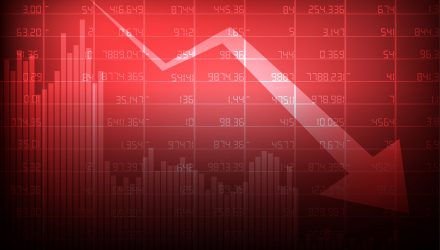“I think it has to do with valuations, we got to a point where the market had sold off about 20 percent and price-to-earnings multiples had come down on the S&P from the low 20s to 15-16 times earnings and all of a sudden people looked around and thought stocks might be a good buy,” Carey said.
Historic Market Surge
On Wednesday, the Dow Jones Industrial Average rose almost 300 points, erased its gains within the same hour and proceeded to surge over 1,000 points, effectively logging its biggest single-day point gain ever. It was a welcome sign for equities investors who saw a Christmas Eve Dow drop of 653 points, while the S&P 500 entered bear market territory.
The markets were hoping that the Santa Claus rally or more specifically, the January Effect—investors dumping stocks in order to accumulate tax losses to offset capital gains—would make an appearance.
Ahead of Christmas, the prospect of a Santa Claus rally appeared bleak, but to investors, coming a day after Christmas is certainly a case of “better late than never.” However, according to history, this late rally towards the end of the year and possibly into early January is par for course.
“For the past five decades, the final week of the year and the first couple of trading sessions in January have registered more than 1 percent gains,” according to research by The Washington Post. “Markets generally languish for a couple of weeks after Thanksgiving as traders sell investments and losers in preparation for tax season. Toward the end of December, some stocks may be on sale, causing investors to scoop them up and push indexes higher.”
For more market trends, visit ETF Trends.
